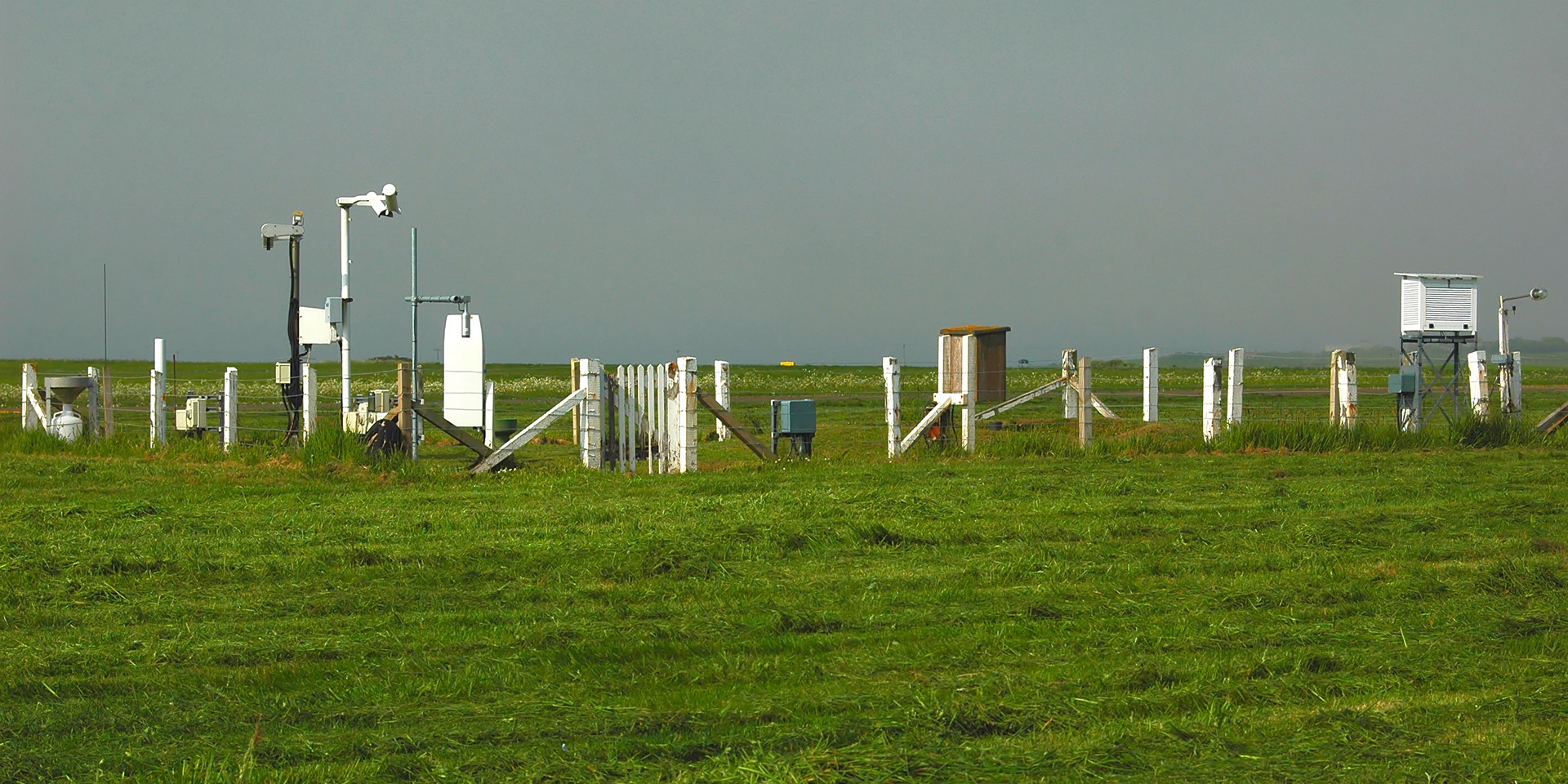Exploring the Different Sorts Of Expert Climate Stations for Accurate Data Collection
When it comes to selecting the appropriate climate terminal for information collection, the market uses a range of options customized to various requirements and settings. Allow's discover the nuances of these professional weather terminals to realize their special performances and identify the ideal fit for certain data collection requirements.
Digital Climate Terminals
In the realm of meteorological instrumentation, electronic weather stations stand out as innovative tools for specific information collection and analysis. These innovative stations are equipped with sensing units that capture a variety of weather specifications such as temperature level, moisture, barometric pressure, wind rate, and direction. The data accumulated by digital climate terminals is transmitted wirelessly to a main console or a computer for real-time surveillance and analysis.
Among the key benefits of digital weather condition stations is their capacity to offer high-resolution information with accuracy and dependability. This level of precision is essential for numerous applications, including agriculture, emergency, aeronautics, and research reaction. In addition, electronic weather terminals frequently come with software program that enables individuals to envision the information in different styles like graphs and graphes, helping with much easier analysis and decision-making.
Wireless Weather Condition Terminals
Structure on the capacities of electronic climate terminals, wireless weather condition terminals supply boosted convenience and flexibility in data transmission and surveillance. By using wireless innovation, these weather condition stations eliminate the need for cumbersome wired links, permitting for very easy installment in various areas. The cordless attribute allows real-time data monitoring from remote areas, providing meteorologists and climate fanatics with immediate access to crucial info.
Wireless climate stations generally are composed of sensors that collect data on temperature, moisture, barometric pressure, wind rate, and direction. These sensing units wirelessly transfer the information to a central console or receiver, where it is refined and shown for analysis. Some advanced wireless climate stations can also link to the internet, permitting users to access their weather condition data from another location via computer systems or smartphones.

Prosumer Climate Stations
What differentiates Prosumer Weather condition Stations from typical consumer-grade weather stations? Prosumer Weather condition Stations bridge the void in between consumer-grade and professional-grade devices, supplying more advanced functions and higher accuracy than normal home climate terminals. These stations are designed for weather lovers, amateur meteorologists, and small businesses that call for more exact information than what customer designs can provide.
Prosumer Weather condition Stations commonly consist of a bigger series of sensing units to gauge added atmospheric criteria such as UV index, fallen leave moisture, and dirt wetness. They likewise tend to have a greater degree of resilience and dependability, making them suitable for long-term outdoor usage in numerous ecological problems.


Industrial Climate Stations
Industrial Climate Stations, also called meteorological surveillance systems, are specialized instruments created for specific and robust weather condition information collection in industrial setups. These terminals are tailored to satisfy the unique demands of commercial procedures where accurate weather condition details read what he said is important for safety and security, efficiency, and decision-making processes.
Industrial climate terminals are geared up with sophisticated sensing units that can measure a variety of atmospheric parameters such as temperature, humidity, wind speed and instructions, barometric stress, and precipitation (Weather Stations). These terminals are frequently ruggedly developed to stand up to rough ecological problems generally found in industrial atmospheres
One secret attribute of commercial climate terminals is their capacity to give real-time information monitoring and analysis. This allows industrial centers to prepare for weather-related threats, maximize procedures based upon climate condition, and make sure the safety and security of employees and tools. In addition, commercial climate terminals can be integrated into existing industrial control systems for smooth information monitoring and automation.
Mobile Weather Condition Stations
Unlike stationary industrial weather terminals, mobile weather condition terminals supply versatility and wheelchair for on-the-go data collection in various ecological setups. These compact units are made to be quickly delivered to different locations, making them suitable for area research, emergency situation action circumstances, agriculture, building and construction websites, and outside events.
Mobile weather condition stations typically consist of sensors for measuring criteria such as temperature, moisture, barometric pressure, wind rate, and wind direction. Some advanced versions may also include additional sensing units for keeping an eye on rainfall, solar radiation, and UV degrees. Despite their tiny size, mobile weather condition terminals are qualified of providing precise and dependable information comparable to that of bigger, repaired terminals.
One of the crucial benefits of portable weather condition terminals is their quick implementation and ease of configuration. They can be functional within minutes, enabling rapid data collection and evaluation. Additionally, these stations can be set to transmit real-time information wirelessly, enabling individuals to monitor and evaluate ecological conditions remotely. On the whole, portable weather condition terminals are important tools for specialists requiring mobile, exact, and timely weather condition details in varied settings.
Verdict
In final thought, professional weather terminals come in different types such as digital, wireless, prosumer, industrial, and mobile. By recognizing the distinctions between these kinds of climate terminals, individuals can make informed choices to ensure they obtain the most exact and trustworthy climate data for their purposes.
Climate))))
Building on look at this web-site the capacities of digital weather condition stations, cordless weather terminals provide enhanced comfort and versatility in information go to my blog transmission and tracking. Some progressed wireless climate stations can also connect to the net, enabling individuals to access their climate information remotely through computers or smartphones.
Prosumer Weather condition Stations bridge the space in between consumer-grade and professional-grade equipment, providing more sophisticated functions and greater precision than typical home weather condition terminals. Weather Stations. In general, mobile weather stations are indispensable devices for specialists requiring portable, exact, and timely weather condition info in varied settings
By comprehending the distinctions in between these types of weather condition terminals, individuals can make enlightened decisions to ensure they get the most trusted and precise weather condition information for their objectives.